A drone is a continuous sustained tone. The Bagpipe, Musette, and Hurdy-Gurdy naturally produce a drone.
Drone notes are extremely useful for checking intonation, because you must compare your pitch to the drone note, and then adjust. When students are playing out of tune, I've noticed that they usually aren't sensitized enough to self-correct.
I've found that playing with a drone is the most direct, effective way of improving intonation in scale practice. Before the student attempts a scale, we find perfect intervals and play them with a drone.
1) Find Perfect Unisons and Octaves, then Perfect Fourths and Fifths.
2) Find Major or minor 3rds and 6ths.
3) Listen to the dissonant clash of 2nds, 7ths and Tritones.
4) Play a whole scale.
I'll take turns with my students.
They'll play a drone. I'll play intervals/scales.
I'll play a drone. They'll play scales intervals.
?????????
Profit. They've become more sensitized to great intonation.
Other methods of checking intonation:
Practicing with a electronic tuner is somewhat useless on the violin, as it doesn't require any amount of careful listening.
Checking against open strings is sometimes helpful, but not in key signatures with many sharps or flats.
A Roadblock:
One problem with most drone-tone generators is that they are extremely annoying to listen to.
This is the primary reason students don't like practicing with drones.
Here's the drone my metronome produces. An A 220hz and A 440hz:
(If you can't click these links, check to make sure Popup/Ad Blockers are turned off)
What's in the new drone?
Layered on top of A 110hz, is A 220hz, A 440hz, A 880hz, and A 1660hz. The number is the cycles per second. Because the drone pitch consists of layered octaves, students should be more able to check intonation throughout 3-octave scales and arpeggios. Below, I've included a download link for all 12 tones (about 12 MB). Each MP3 clip is about one minute long. You can set to repeat in Windows Media Player, or other music software, for longer sessions.
Why not just record a violin sound? It's not as precise. Other features like volume, timbre, and bow changes will tend to distort the pitch slightly.
Happy Drone Practicing!
| drones.zip |
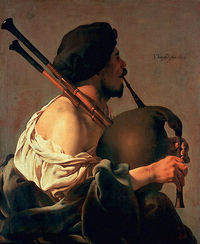
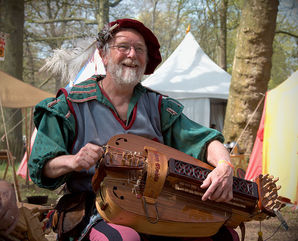

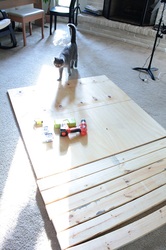
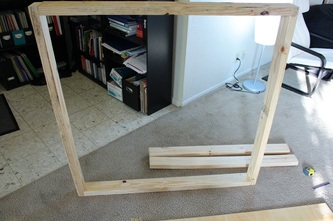
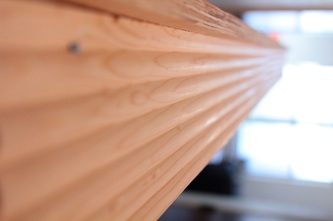
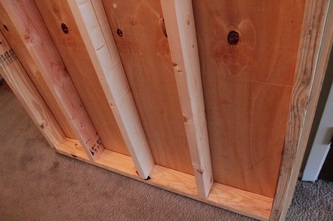
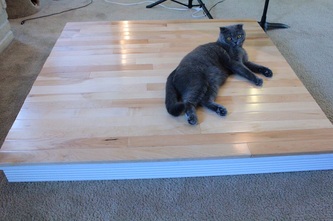
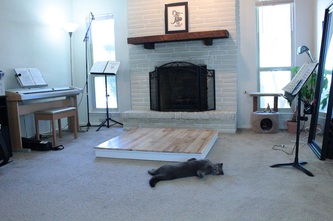
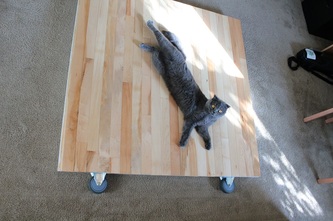
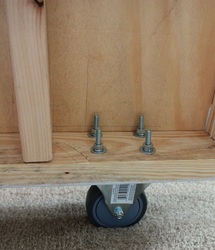
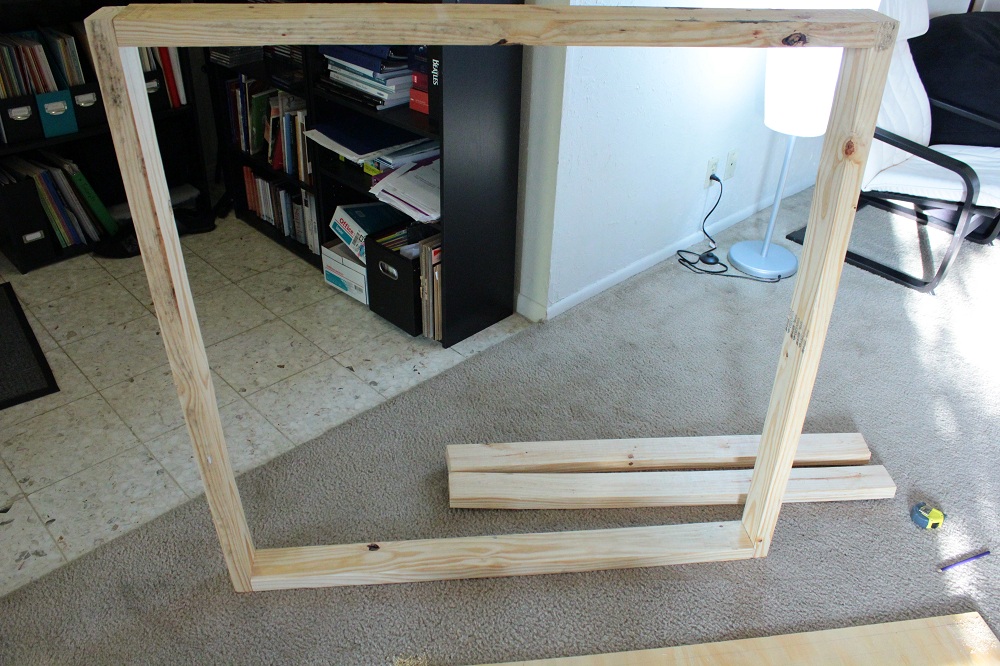
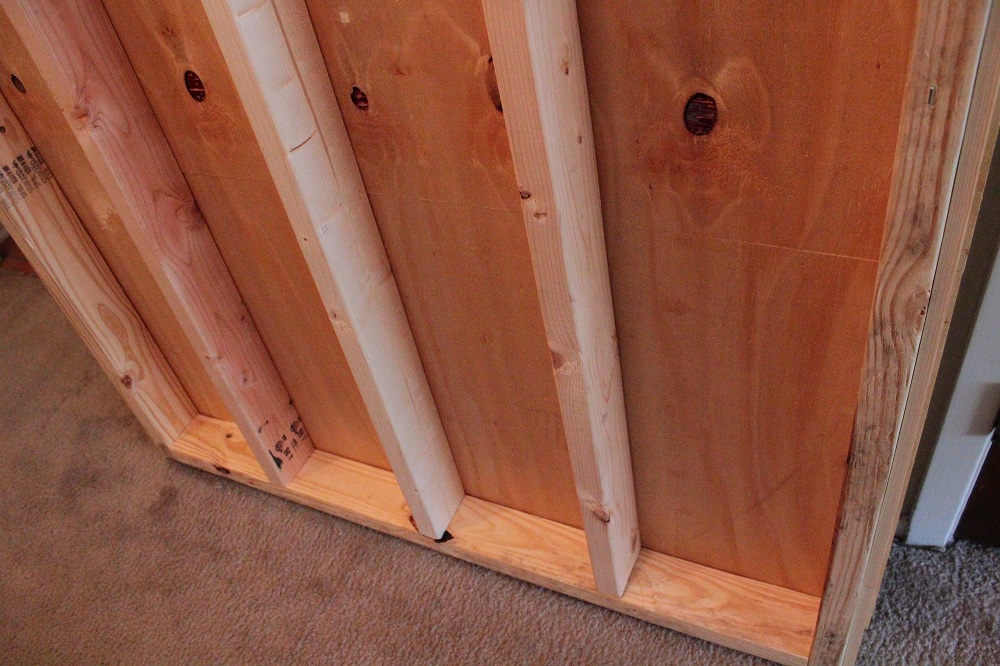

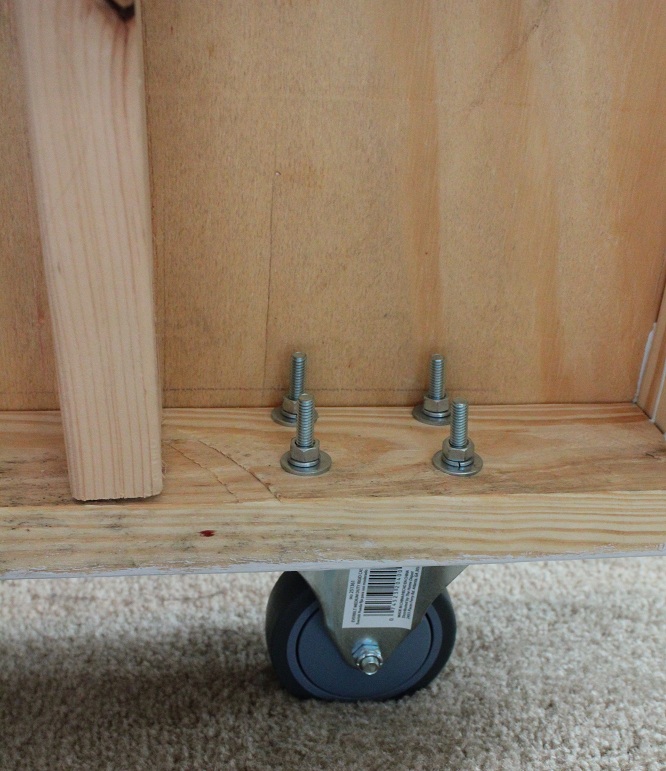
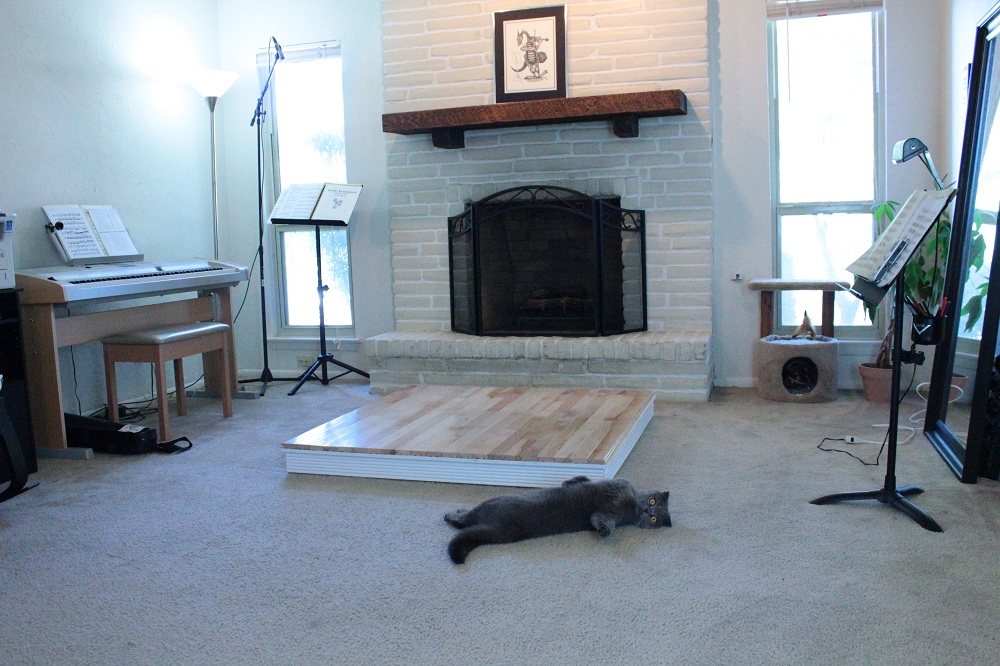
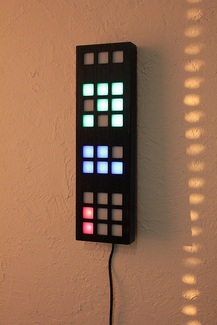
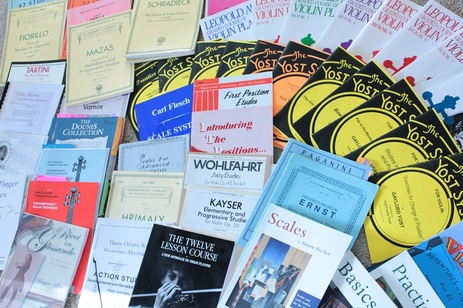
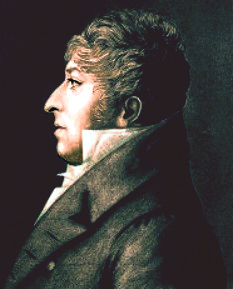
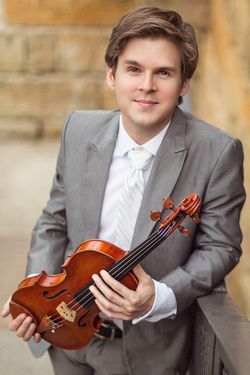
 RSS Feed
RSS Feed